Rui Aguiar
Retrieval Augmented Structured Generation: Business Document Information Extraction As Tool Use
May 30, 2024Abstract:Business Document Information Extraction (BDIE) is the problem of transforming a blob of unstructured information (raw text, scanned documents, etc.) into a structured format that downstream systems can parse and use. It has two main tasks: Key-Information Extraction (KIE) and Line Items Recognition (LIR). In this paper, we argue that BDIE is best modeled as a Tool Use problem, where the tools are these downstream systems. We then present Retrieval Augmented Structured Generation (RASG), a novel general framework for BDIE that achieves state of the art (SOTA) results on both KIE and LIR tasks on BDIE benchmarks. The contributions of this paper are threefold: (1) We show, with ablation benchmarks, that Large Language Models (LLMs) with RASG are already competitive with or surpasses current SOTA Large Multimodal Models (LMMs) without RASG on BDIE benchmarks. (2) We propose a new metric class for Line Items Recognition, General Line Items Recognition Metric (GLIRM), that is more aligned with practical BDIE use cases compared to existing metrics, such as ANLS*, DocILE, and GriTS. (3) We provide a heuristic algorithm for backcalculating bounding boxes of predicted line items and tables without the need for vision encoders. Finally, we claim that, while LMMs might sometimes offer marginal performance benefits, LLMs + RASG is oftentimes superior given real-world applications and constraints of BDIE.
Selecting Regions of Interest in Large Multi-Scale Images for Cancer Pathology
Jul 03, 2020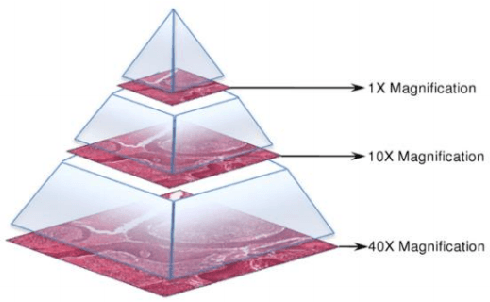
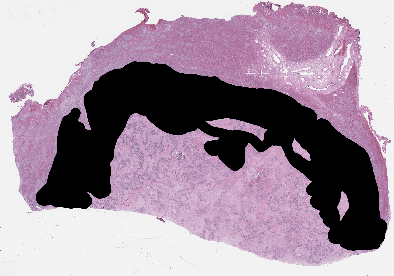
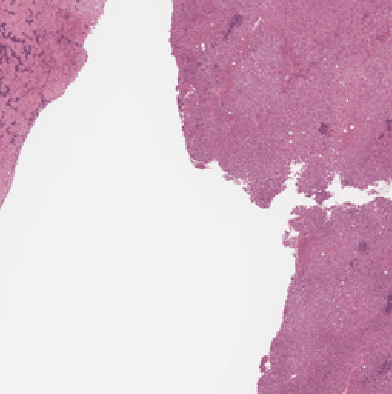
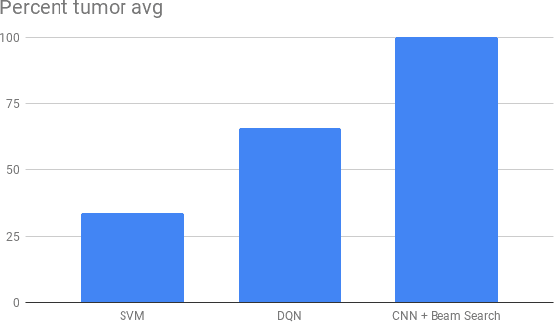
Abstract:Recent breakthroughs in object detection and image classification using Convolutional Neural Networks (CNNs) are revolutionizing the state of the art in medical imaging, and microscopy in particular presents abundant opportunities for computer vision algorithms to assist medical professionals in diagnosis of diseases ranging from malaria to cancer. High resolution scans of microscopy slides called Whole Slide Images (WSIs) offer enough information for a cancer pathologist to come to a conclusion regarding cancer presence, subtype, and severity based on measurements of features within the slide image at multiple scales and resolutions. WSIs' extremely high resolutions and feature scales ranging from gross anatomical structures down to cell nuclei preclude the use of standard CNN models for object detection and classification, which have typically been designed for images with dimensions in the hundreds of pixels and with objects on the order of the size of the image itself. We explore parallel approaches based on Reinforcement Learning and Beam Search to learn to progressively zoom into the WSI to detect Regions of Interest (ROIs) in liver pathology slides containing one of two types of liver cancer, namely Hepatocellular Carcinoma (HCC) and Cholangiocarcinoma (CC). These ROIs can then be presented directly to the pathologist to aid in measurement and diagnosis or be used for automated classification of tumor subtype.
Exploring Optimal Control With Observations at a Cost
Jun 29, 2020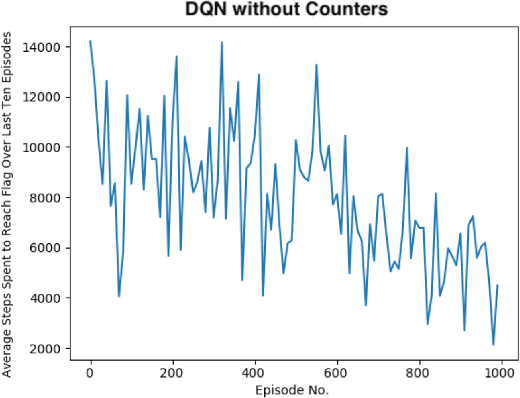
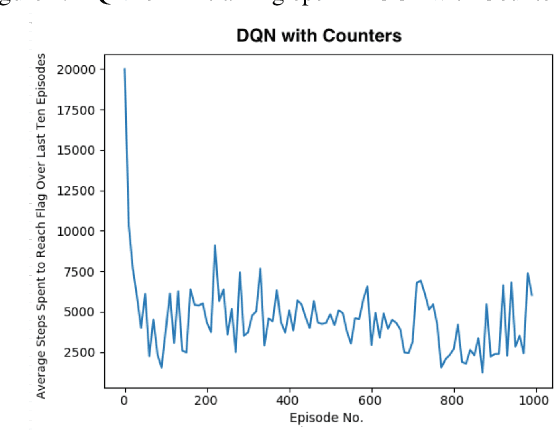
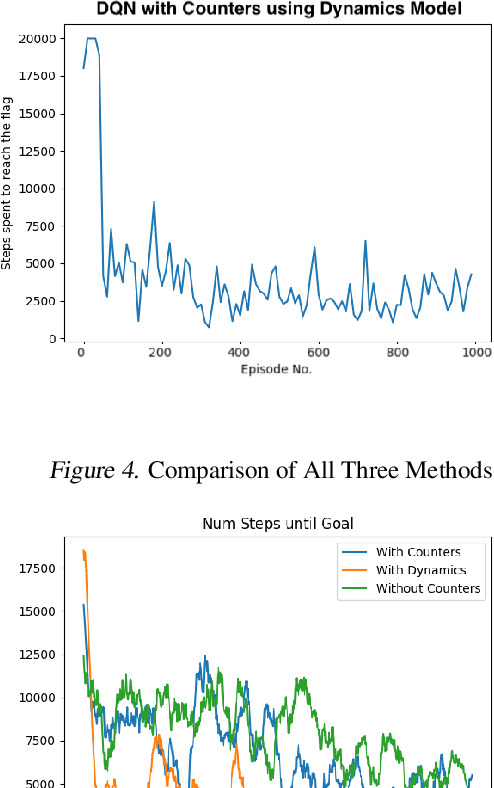
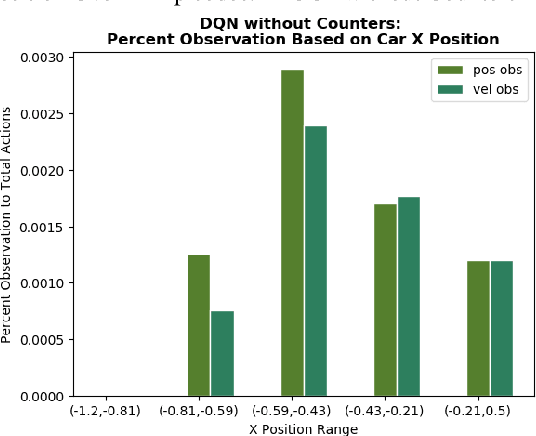
Abstract:There has been a current trend in reinforcement learning for healthcare literature, where in order to prepare clinical datasets, researchers will carry forward the last results of the non-administered test known as the last-observation-carried-forward (LOCF) value to fill in gaps, assuming that it is still an accurate indicator of the patient's current state. These values are carried forward without maintaining information about exactly how these values were imputed, leading to ambiguity. Our approach models this problem using OpenAI Gym's Mountain Car and aims to address when to observe the patient's physiological state and partly how to intervene, as we have assumed we can only act after following an observation. So far, we have found that for a last-observation-carried-forward implementation of the state space, augmenting the state with counters for each state variable tracking the time since last observation was made, improves the predictive performance of an agent, supporting the notion of "informative missingness", and using a neural network based Dynamics Model to predict the most probable next state value of non-observed state variables instead of carrying forward the last observed value through LOCF further improves the agent's performance, leading to faster convergence and reduced variance.
Autonomous Haiku Generation
Jun 20, 2019


Abstract:Artificial Intelligence is an excellent tool to improve efficiency and lower cost in many quantitative real world applications, but what if the task is not easily defined? What if the task is generating creativity? Poetry is a creative endeavor that is highly difficult to both grasp and achieve with any level of competence. As Rita Dove, a famous American poet and author states, "Poetry is language at its most distilled and most powerful." Taking Doves quote as an inspiration, our task was to generate high quality haikus using artificial intelligence and deep learning.
 Add to Chrome
Add to Chrome Add to Firefox
Add to Firefox Add to Edge
Add to Edge